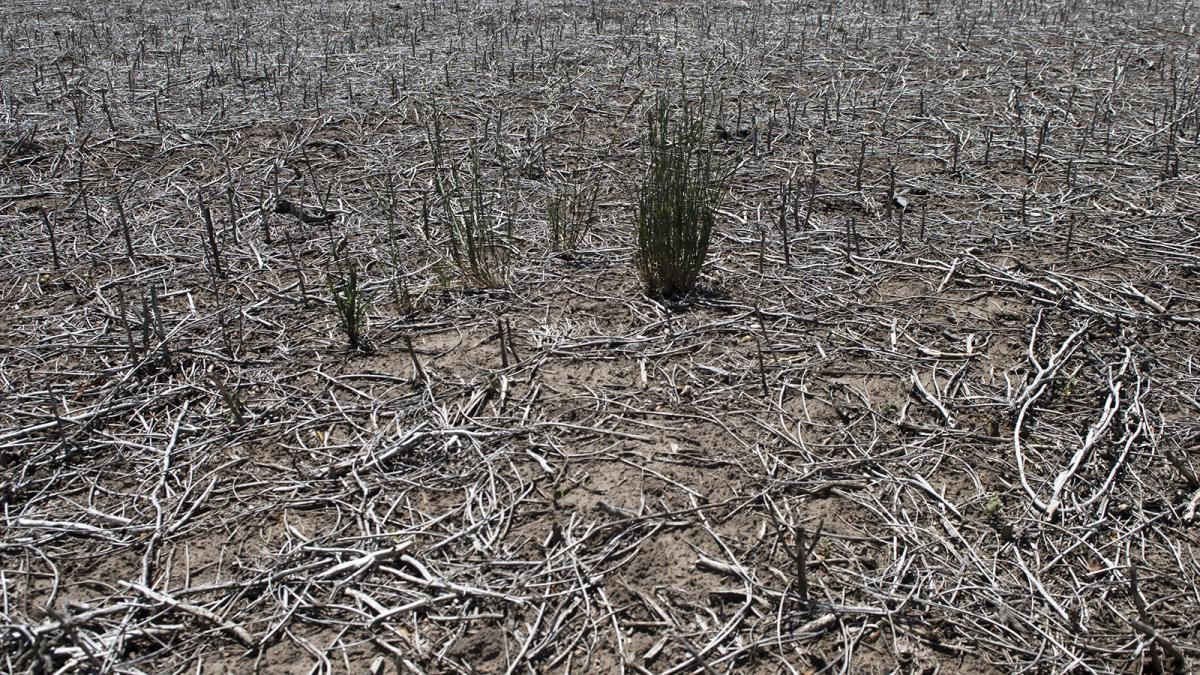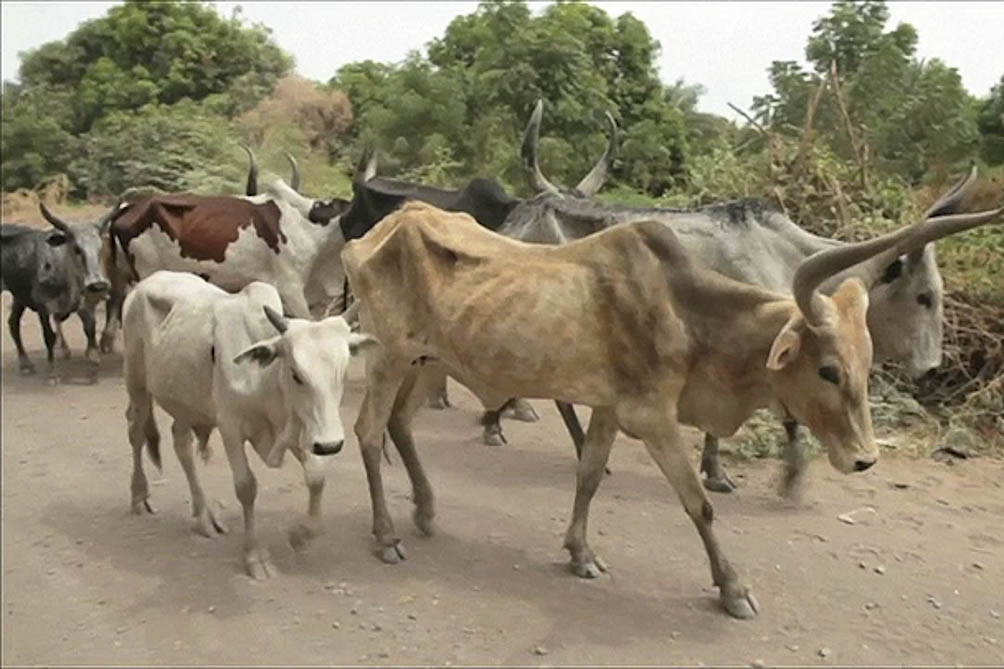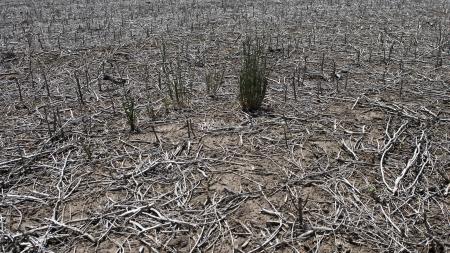 The drought extends throughout the country and jeopardizes the income from agriculture and livestock exports / Photo: Pepe Mateos.
The drought extends throughout the country and jeopardizes the income from agriculture and livestock exports / Photo: Pepe Mateos.
The risk of drought reached 175 million hectares during December, with an increase of 10 million hectares compared to the previous month, according to a report prepared by the National Directorate of Agricultural Risk and Emergency.
The increase is due to the extension of drought conditions in the north of the country, according to the Drought Report (December, 2022).
The report highlighted the increase in area in severe drought with the incorporation of 4.5 million hectares that worsened their condition.
During December an increase of 10 million hectares was observed compared to the previous month, totaling 175 million hectares at risk of drought throughout the country.
in that month rainfall deficits prevailed over the center-east, north and northeast of the country, accentuating dry conditions.
The central region registered the driest year of the last 62 years and the core zone was in second place, just below the rains of 2008. The 2020-2022 triennium is the driest on record at the country level.
In addition, the report pointed out that soil moisture indices show large areas of the country where humidity is below the water requirements of crops and pastures. The values are exceptionally low in the center of the country, but with strong drops in the humidity available on the coast in the last month.
 Beef cattle lose weight due to the lack of adequate grazing due to the drought.
Beef cattle lose weight due to the lack of adequate grazing due to the drought.
The vegetation indices recorded another month with widespread negative anomalies in the center and north of the country. In this sense, the low records in the north of Buenos Aires, center and east of Córdoba, Santa Fe, south and center of Entre Ríos, Santiago del Estero, Chaco, center and south of Corrientes, west of Formosa and east of Jujuy stand out. and jump. An increase in negative anomalies was also observed in southern Patagonia.
In addition, the heights of the rivers showed low water values in the Argentine ports of the Paraná River, as well as in the Uruguay River. The decrease of lagoons and bodies of water was also observed.
Besides, a strong impact on livestock production was observed with decreased pregnancy rates, loss of body condition and lack of water for animal drinking. Field supplementation and discharge increased.
#Drought A report from the National Directorate of Agricultural Risk and Emergency indicates that there are more than 115 million hectares in Argentina that suffer from a lack of water and that there are almost 3.5 million head of cattle affected https://t.co/ 4Guinea PigTZBOBu
— Infocampo (@infocampoweb) July 27, 2022
In this sense, the work indicated that there is a strong impact on the expected yield of crops and an increase in pests in citrus production.


